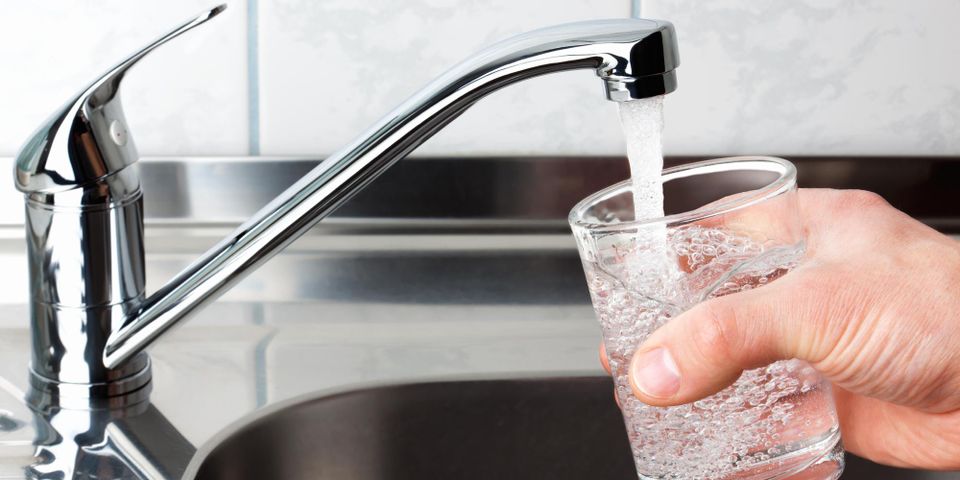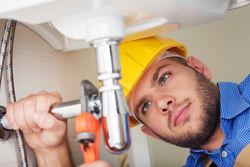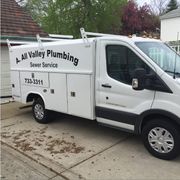
If you own a commercial building, it likely has a backflow prevention device to keep clean water separate from dirty water. These are also present in some residential structures, but any type needs to be tested on an annual basis. So, what exactly is backflow, and what happens during the backflow testing process? A All Valley Plumbing & Sewer Service of Cincinnati, OH, offers some guidance.
What Is Backflow?
Backflow refers to the process of clean drinking water changing direction. This reversal may produce suction that pulls dirty liquid into the supply. In turn, the water you consume will be contaminated with chemicals, waste, and other substances hazardous to human health. To prevent this issue, most cities have regulations that require the installation of backflow prevention devices.
What Is Backflow Testing?
 Testing must occur once a year and be performed by a plumber with a specific cross connection certification license. They’ll turn off the water supply to the building, set up the proper equipment, and check each prevention device to ensure it’s working correctly. This often involves disassembling the device, cleaning it out, and checking it to make sure it doesn’t exhibit issues. Any broken units will need to be replaced.
Testing must occur once a year and be performed by a plumber with a specific cross connection certification license. They’ll turn off the water supply to the building, set up the proper equipment, and check each prevention device to ensure it’s working correctly. This often involves disassembling the device, cleaning it out, and checking it to make sure it doesn’t exhibit issues. Any broken units will need to be replaced.
Checking each device usually takes between 10 and 30 minutes, so plan for the water to be off for at least half an hour. Once the test is complete, the professional will fill out a form and send it to the local authorities, thus certifying the water in your building is still safe to drink. They’ll also turn the supply back on before they go.
If it’s time for backflow testing in your Cincinnati building, A All Valley Plumbing & Sewer Service will help. They offer prompt, reliable services, as well as customer satisfaction guarantees. In addition, they provide emergency plumbing services, so you’re never left alone to deal with a problem. To schedule a test, call (513) 733-3311 today. To learn more, visit them online.
About the Business
(80 reviews)
Have a question? Ask the experts!
Send your question

